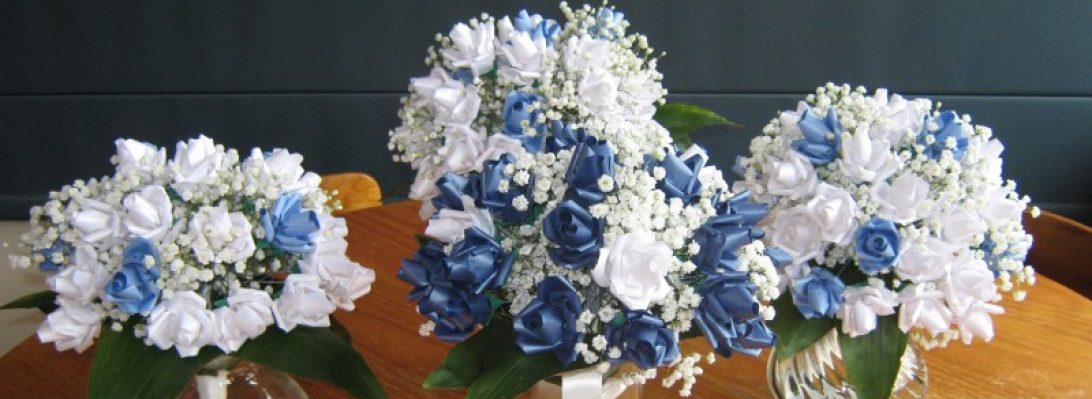The smilodon is often called the “Saber-toothed Tiger” but is not a tiger at all:
This lovely (extinct) beastie is a Satoshi Kamiya masterpiece, a real exercise in restraint – resisting the urge to set creases early to get nice, rounder shapes later.
I had no idea what was what with this model – as my first fold I learnt a lot from this – I found the lower jaw very fiddly and in the end it did not look a lot like a jaw in my opinion, but the head, saber-like front teeth, haunches and rest of body are beautifully proportioned.
This took me an age (well, in truth 3.5 hours) and although the pattern suggested a 25cm square, I went bigger – 38cm square of lithograph paper and that was fiddly enough.
I like this a lot, it is very cat-like but emanates raw power and ferocity (regardless of how cuddly characters like “Diego” in the Iceage franchise was, these guys must have been snarly and fearsome up close and personal).




































